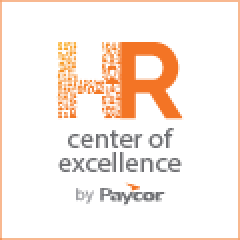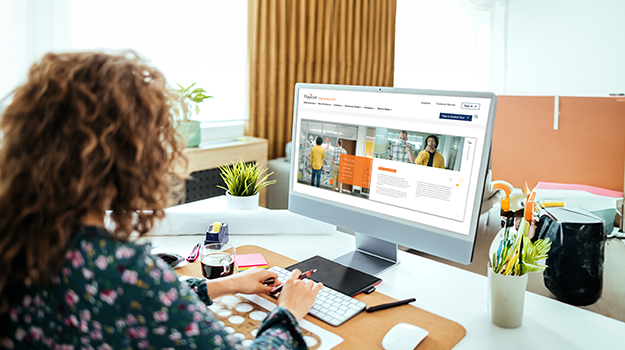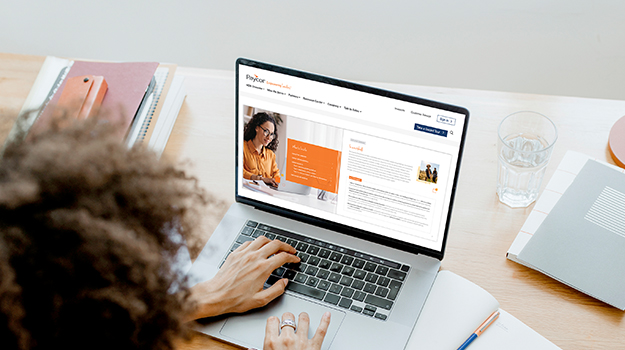Learn about the most common areas of professional development for employees. Discover how you can start improving employee development areas today.

HR Center
of Excellence
Stay ahead of the curve and make informed decisions with the help of our expertly curated content. Explore the latest trends, best practices, and industry benchmarks designed to drive business success.
Search Expert Advice & Action Plans
Or browse our categories
Learn how to attract, hire, onboard, train, coach, and develop people. Create a culture of continuous feedback. Develop consistent performance review practices and align everyone’s goals to overall business objectives.

Guides + White Papers
Read Time: 1 min
Mastering OKR Strategy: Your Guide to Business Success
Unlock business potential with our comprehensive OKR strategy guide. Learn to set and achieve ambitious goals for your team or organization.

Article
Read Time: 15 min
HR Statistics You Need to Know for 2025
Human resources is a rapidly changing field. See the latest HR trends on everything from hiring and recruiting, to what the future holds.
Article
Read Time: 19 min
Professional Development Goals: 10 Examples & How to Set Them
Want to know how to write professional development goals for employees? Here's 10 examples of professional development goals you can use to get started.
Article
Read Time: 19 min
How to Create a Culture of Belonging in the Workplace
Creating a sense of belonging at work doesn’t have to be difficult. Here’s a complete guide to help you build a culture of belonging in the workplace.
41% of CEOs say labor costs are the most important HR metric to measure (Gartner). Learn how to better track and analyze your labor spend across payroll, time, and schedule. Stay on top of federal, state, and local compliance.

Article
Read Time: 9 min
How to Handle Difficult Conversations at Work
Learn how to handle difficult conversations at work with our guide. Discover effective strategies to navigate and improve workplace communication.

Article
Read Time: 11 min
Predictability Pay and its Impact on Businesses
Learn about predictability pay, its business impact, and how it ensures fair schedules and boosts employee satisfaction and compliance.
Article
Read Time: 22 min
What is Talent Management? Definition, Importance, & Process
Discover what talent management means, explore key elements and best practices, and learn about the talent management process with real-life examples.
Article
Read Time: 1 min
Work Schedule Template [Free + Downloadable]
Looking to make work shfit scheduling easy? Download our free work schedule template to create simple and effective employee work schedules.
Article
Read Time: 11 min
How to Develop a Talent Management Strategy
Every business should have a talent management strategy. Here's how to devlolop one, along with a few examples of talent management strategies that work.
80% of small & medium-sized businesses don’t believe they effectively engage their employees (Paycor survey). Learn how to motivate and support your employees and you’ll have an unbeatable competitive advantage.

Article
Read Time: 11 min
Gig Workers: Hiring, Management, and More
Thinking about hiring gig workers? Learn all about managing gig workers, including compliance considerations and the pros and cons of employing gig workers.

Article
Read Time: 15 min
HR Statistics You Need to Know for 2025
Human resources is a rapidly changing field. See the latest HR trends on everything from hiring and recruiting, to what the future holds.
Article
Read Time: 1 min
Free Onboarding Email Template for New Hires
Using an onboarding email template makes onboarding more efficient. Download our free onboarding email templates to streamline your onboarding.
Article
Read Time: 15 min
What is Talent Acquisition? The Complete Guide
Here’s what you need to know about talent acquisition, including what it is, how it works, and the best practices to follow.
Article
Read Time: 20 min
What is Onboarding? Employee Onboarding 101
Ready to enhance your new hire onboarding? Here's a complete guide to help you create an effective employee onboarding process that works.
Benefits have never been more important to employees. Learn how to design and implement a benefits program that’s both tailored to your employee population and cost-effective. Paycor found that the right mix of benefits can reduce turnover by 138%.

Article
Read Time: 9 min
What Is Benefits Administration?
Discover the key aspects of employee benefits administration, including essential strategies and best practices for effective management in today’s workplace.

Article
Read Time: 8 min
Top Health Insurance Alternatives for Businesses
Discover affordable and effective health insurance alternatives for businesses. Learn about HSAs, HRAs, telemedicine, and more to attract and retain top talent.
Article
Read Time: 1 min
2025 Open Enrollment Checklist [Free + Downloadable]
Use our open enrollment checklist to help you simplify the process, cover your bases, and deliver a better experience for you employees.
Article
Read Time: 15 min
Guide to ACA Reporting for 2026: Requirements, Forms, & Deadlines
ACA compliance reporting can protect your organization from penalties. Here's the ACA reporting requirements, forms, and deadlines you need to know.
Article
Read Time: 18 min
Open Enrollment: A Complete Guide for Employers
Open enrollment doesn’t have to be stressful or complicated. Read our guide on employee open enrollment to stay compliant.
Get to Know the HR Center of Excellence

Guides + White Papers
Read Time: 1 min
10 HR Metrics to Track in 2025
HR is the powerhouse that drives business strategy. Here are the 10 HR metrics you need to track to justify decisions and get an edge.

Guides + White Papers
Read Time: 0 min
2025 Payroll Calendar Templates
Stay on top of biweekly, semi-monthly, and monthly payroll calendar pay periods and pay dates in 2025 with these helpful templates.
See how Paycor’s HR solutions optimize nearly every aspect of people management.

532 reviews

2,065 reviews















